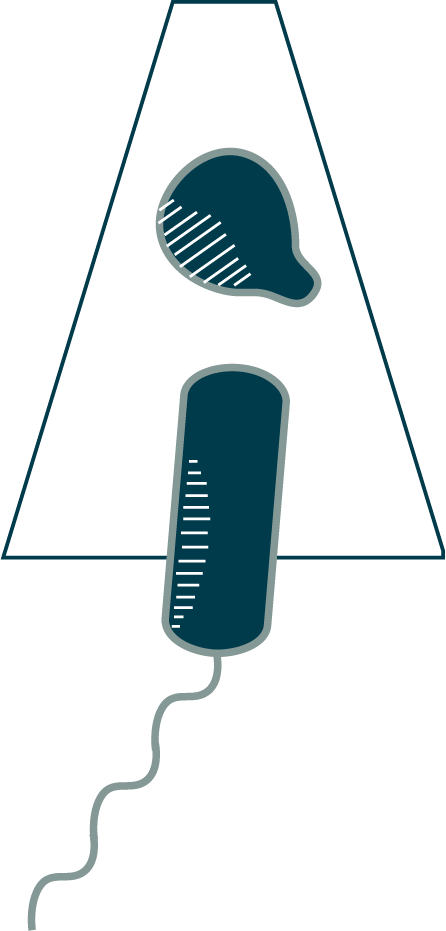

Why stop at a single layer of protein? For proof that nature is endlessly inventive, consider this Methanospirillum hungatei cell. These archaea encase themselves in a surface layer, as well as an additional protein layer that forms a highly impermeable sheath. The sheath is also very resistant to pressure, which could be important in these cells’ line of work. M. hungatei were discovered in sewage, where they break down organic waste, producing methane. One theory is that the sheath acts as a pressure regulator; when enough methane builds up inside the cell, the pressure expands the sheath, opening its pores wide enough to allow the methane to dissipate and new metabolic substrates like hydrogen and carbon dioxide to enter.
The rules of architecture remain the same, though. Just as in the bacterial cell wall, sheath polymers are arranged as hoops perpendicular to the long axis of the rod-shaped cell. At the ends of the sheath, multiple protein layers stack into a thick plug. Cells divide within the sheath, and long chains of cells in a continuous sheath are often observed.